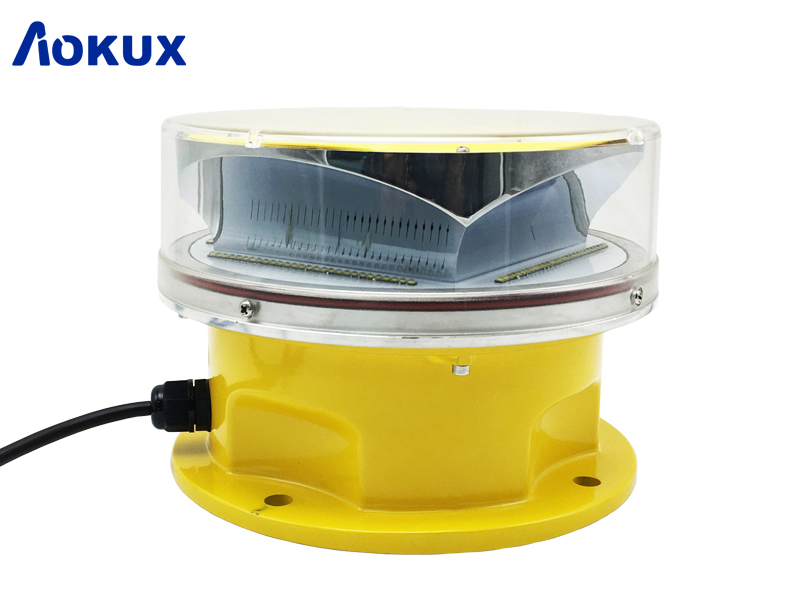
Aviation Lights on Buildings: Essential for Nighttime Safety Navigation
The aviation industry is an intricate and complex web of safety regulations and precautions. One of the most critical aspects of aviation safety is ensuring that pilots and passengers stay safe during night flights. Aviation lights on buildings are an essential aspect of this safety chain.
What are Aviation Lights on Buildings?
Aviation lights on buildings are high-intensity lights installed at the tops of buildings to indicate their height and location to pilots and air traffic controllers. These lights are necessary for aircraft pilots to navigate during night flights and low-visibility conditions. They also indicate any danger points that the pilots should avoid. Aviation lights are classified by their color and intensity, which determine the visibility range that the lights provide. The color red is used for high-rise buildings, while amber is used for mid-rise buildings. White lights are used for most other building types.
The Importance of Aviation Lights on Buildings
Aviation lights on buildings are essential for aviation safety, and there are many reasons for their importance. One of the primary functions of aviation lights on buildings is to provide visibility to pilots, making it easier for them to navigate during low-visibility conditions. They also assist air traffic controllers in mapping the routes of aircraft, guaranteeing the safe passage of planes.
Furthermore, aviation lights on buildings are often regulated by national and international aviation authorities. Therefore, the installation and maintenance of aviation lights on buildings are essential components of aviation safety compliance.

Benefits of Aviation Lights on Buildings
The benefits of aviation lights on buildings are numerous, and they go beyond their primary function of guiding pilots during night flights. Buildings fitted with aviation lights can become landmarks, especially in busy urban environments, making it easier for people to identify them. They can also serve as effective advertising billboards. Additional benefits include enhancing the overall appeal of the urban landscape at night, providing a modern look to the city skyline.
Conclusion
In conclusion, aviation lights on buildings are essential for the aviation industry’s safety measures. They play a crucial role in enhancing aviation safety, and without them, nighttime flights would be hazardous. Continuous maintenance and installation of high-quality aviation lights are therefore necessary for ensuring the safety of pilots, passengers, and air traffic controllers. The installation and proper maintenance of aviation lights are essential components of aviation regulatory compliance, and their importance cannot be overstated.